Hoyeon Ahn
Non-contact Real time Eye Gaze Mapping System Based on Deep Convolutional Neural Network
Sep 10, 2020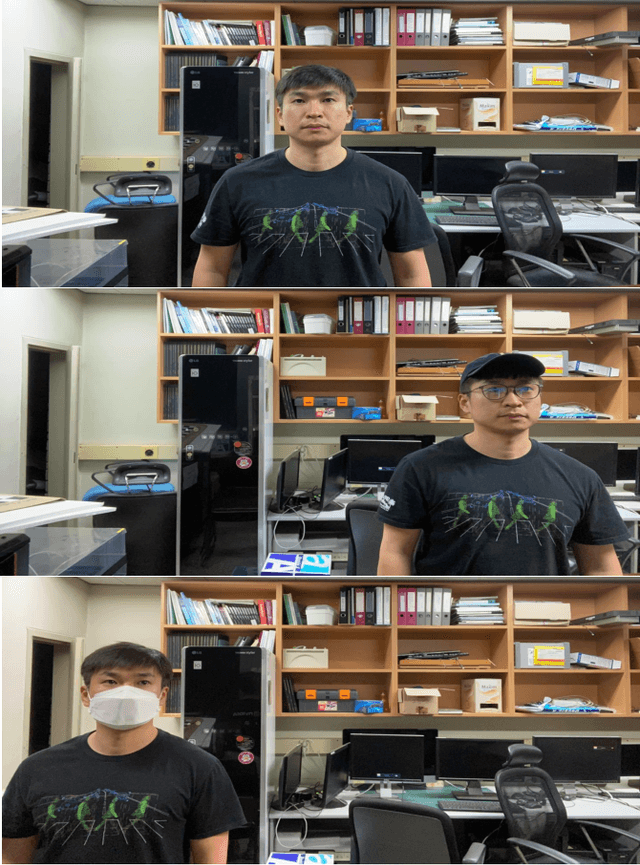
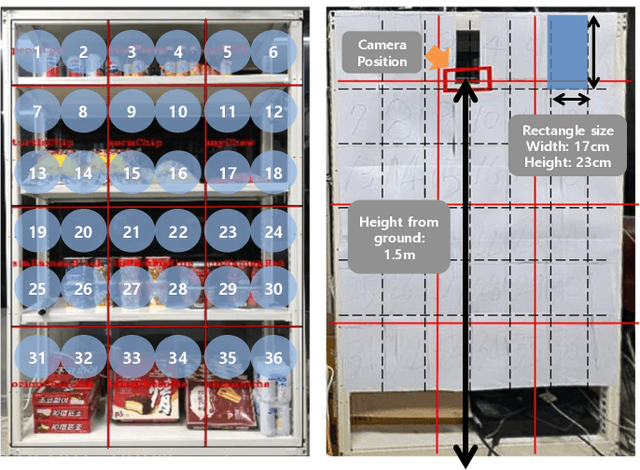
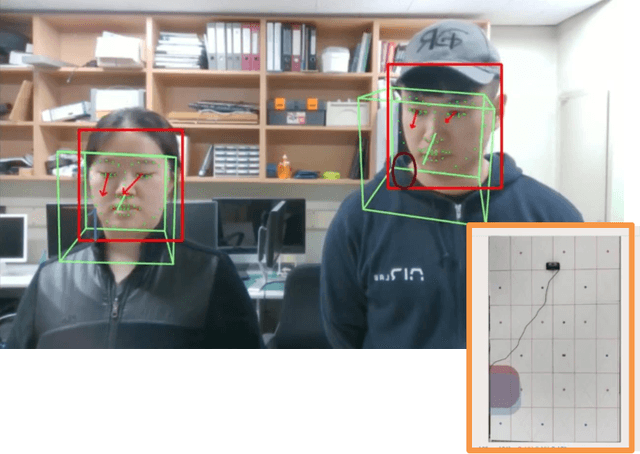
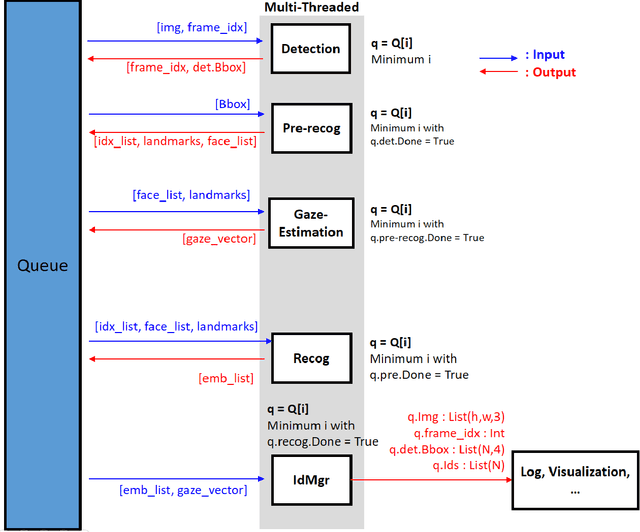
Abstract:Human-Computer Interaction(HCI) is a field that studies interactions between human users and computer systems. With the development of HCI, individuals or groups of people can use various digital technologies to achieve the optimal user experience. Human visual attention and visual intelligence are related to cognitive science, psychology, and marketing informatics, and are used in various applications of HCI. Gaze recognition is closely related to the HCI field because it is meaningful in that it can enhance understanding of basic human behavior. We can obtain reliable visual attention by the Gaze Matching method that finds the area the user is staring at. In the previous methods, the user wears a glasses-type device which in the form of glasses equipped with a gaze tracking function and performs gaze tracking within a limited monitor area. Also, the gaze estimation within a limited range is performed while the user's posture is fixed. We overcome the physical limitations of the previous method in this paper and propose a non-contact gaze mapping system applicable in real-world environments. In addition, we introduce the GIST Gaze Mapping (GGM) dataset, a Gaze mapping dataset created to learn and evaluate gaze mapping.
SNIDER: Single Noisy Image Denoising and Rectification for Improving License Plate Recognition
Oct 09, 2019
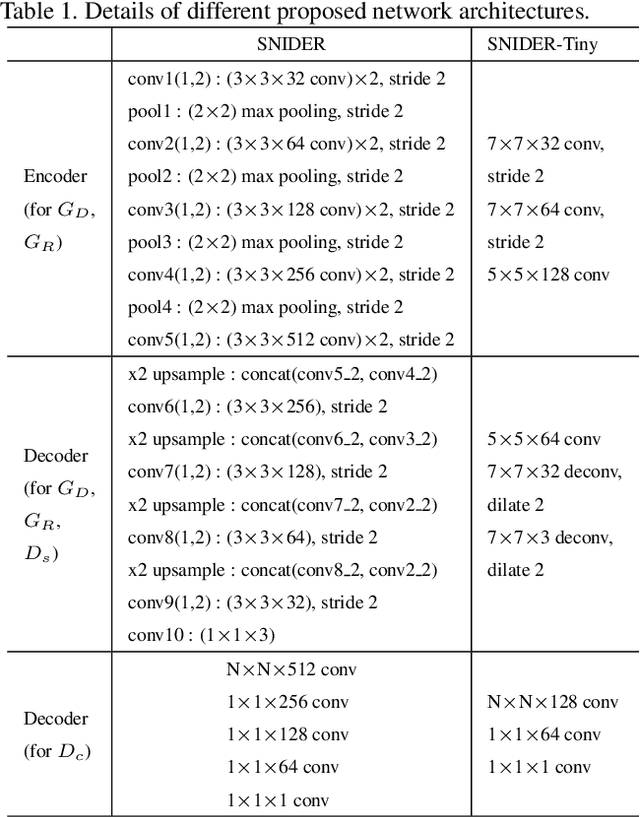
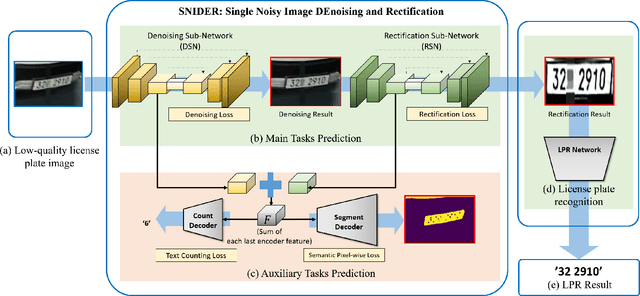
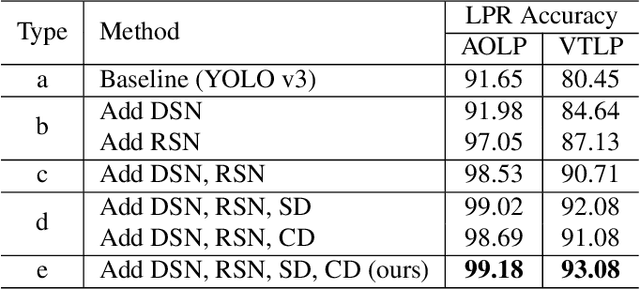
Abstract:In this paper, we present an algorithm for real-world license plate recognition (LPR) from a low-quality image. Our method is built upon a framework that includes denoising and rectification, and each task is conducted by Convolutional Neural Networks. Existing denoising and rectification have been treated separately as a single network in previous research. In contrast to the previous work, we here propose an end-to-end trainable network for image recovery, Single Noisy Image DEnoising and Rectification (SNIDER), which focuses on solving both the problems jointly. It overcomes those obstacles by designing a novel network to address the denoising and rectification jointly. Moreover, we propose a way to leverage optimization with the auxiliary tasks for multi-task fitting and novel training losses. Extensive experiments on two challenging LPR datasets demonstrate the effectiveness of our proposed method in recovering the high-quality license plate image from the low-quality one and show that the the proposed method outperforms other state-of-the-art methods.
 Add to Chrome
Add to Chrome Add to Firefox
Add to Firefox Add to Edge
Add to Edge